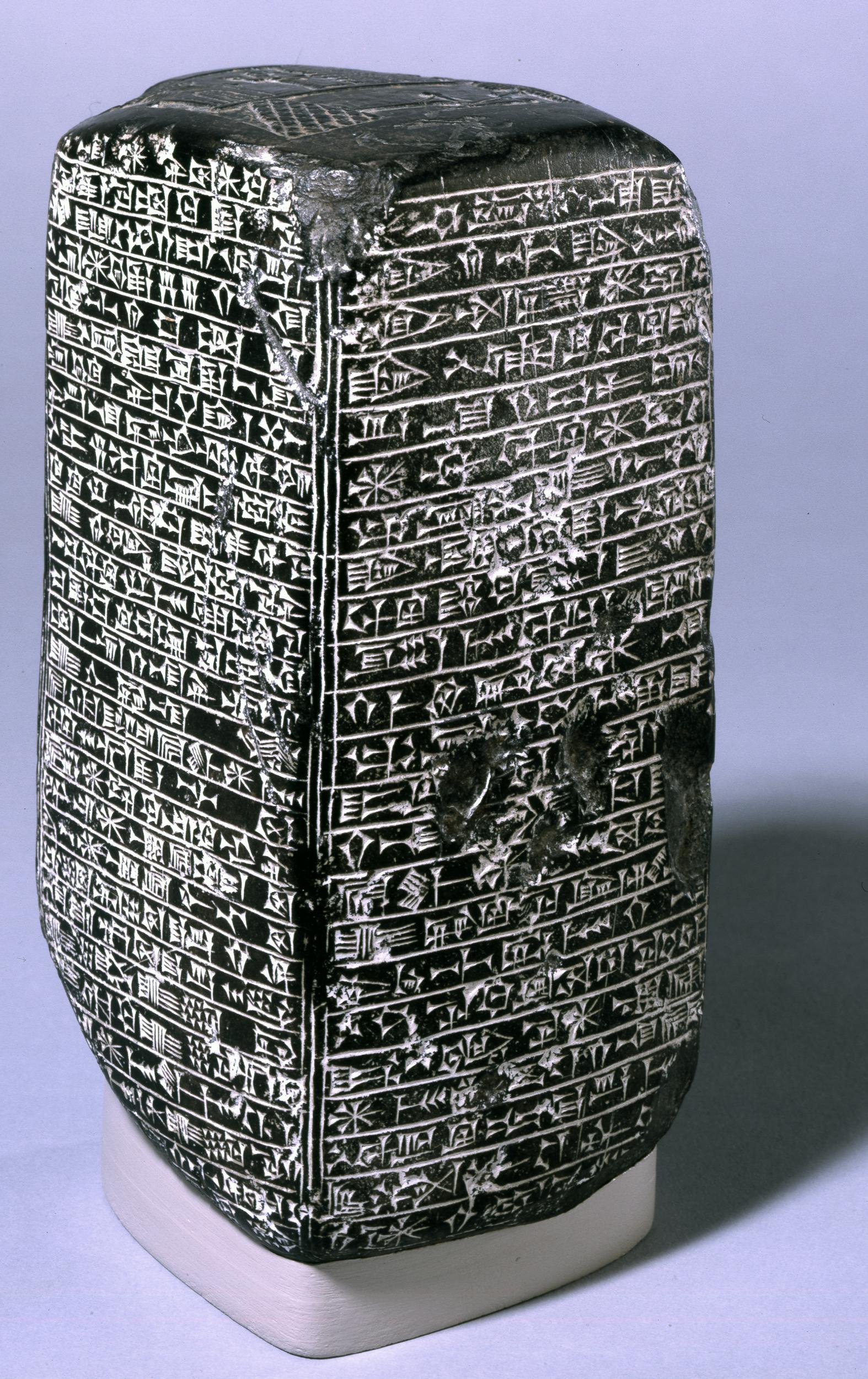The Assyrian Stone Monument of Esarhaddon is a significant artifact from ancient Mesopotamia. It commemorates the reign of Esarhaddon, King of Assyria from 681 to 669 BC. The monument is a testament to Assyrian art and culture, showcasing the empire’s power and the king’s achievements. It provides valuable insights into Assyrian history, religion, and language. The monument is a source of fascination for historians and archaeologists alike, as it offers a glimpse into one of history’s most powerful empires.
Get your dose of History via Email
Historical Background of The Assyrian Stone Monument of Esarhaddon
The Assyrian Stone Monument of Esarhaddon was created during the Neo-Assyrian Empire. This empire was one of the most powerful of its time. Esarhaddon ruled from 681 to 669 BC, succeeding his father Sennacherib. The monument was likely commissioned by Esarhaddon himself. It served to document his achievements and legitimize his rule. The artifact was discovered in the 19th century, although the exact details of its discovery are not well-documented.
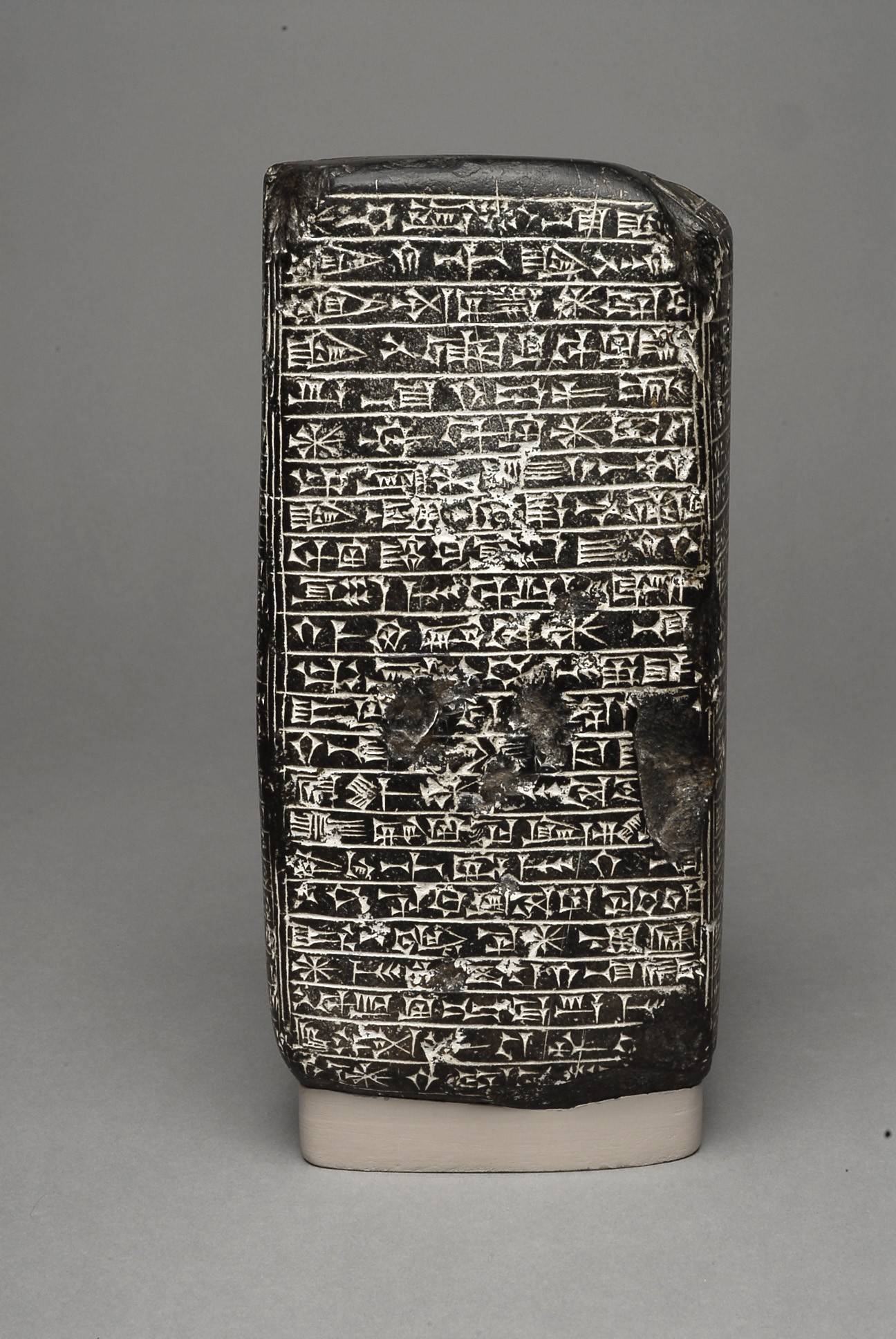
Esarhaddon is known for his military campaigns and efforts to rebuild Babylon. He also expanded the empire, which stretched from modern-day Iran to Egypt. The monument may have been erected as a public display of power. It could have been placed in a prominent location within the empire. The Assyrians were known for their monumental art, and this stone monument is a prime example.
After the fall of the Assyrian Empire, the monument’s fate was similar to many other Assyrian artifacts. It was buried and forgotten until modern archaeology unearthed it. The region has since been the site of numerous archaeological discoveries. These have shed light on the Assyrian civilization and its contributions to human history.
The monument has not only historical significance but also cultural and artistic value. It reflects the Assyrian style of carving and the iconography typical of the period. The inscriptions on the monument are in the Akkadian language, using cuneiform script. This provides a rich source of information for linguists and historians.
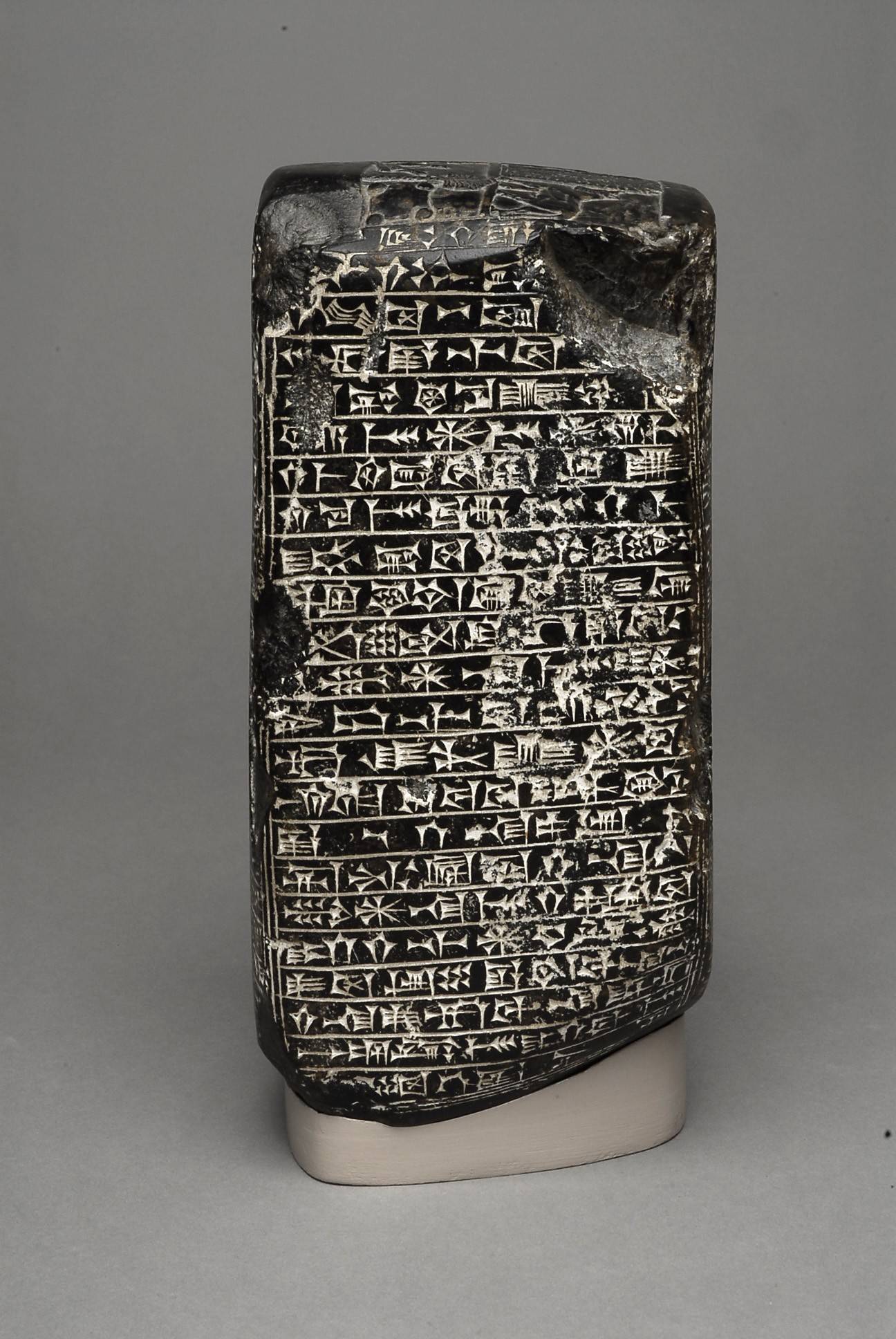
While the exact location of the monument’s discovery is unclear, it is part of a broader collection of Assyrian artifacts found in the region. These finds have been critical in piecing together the history of the Assyrian Empire. They have also been instrumental in understanding the broader context of the Near East during the first millennium BC.
About The Assyrian Stone Monument of Esarhaddon
The Assyrian Stone Monument of Esarhaddon is a stele, a stone slab with inscriptions or carvings. It is made from a durable material, likely to be basalt. The monument features intricate carvings that depict Esarhaddon in regal attire. It also shows him performing religious rituals, which were essential for Assyrian kings to maintain divine favor.
The craftsmanship of the monument is a testament to the skill of Assyrian artisans. They used advanced techniques for their time to create detailed reliefs. The monument’s inscriptions are in the Akkadian language. They provide a narrative of Esarhaddon’s reign, including his military victories and building projects.
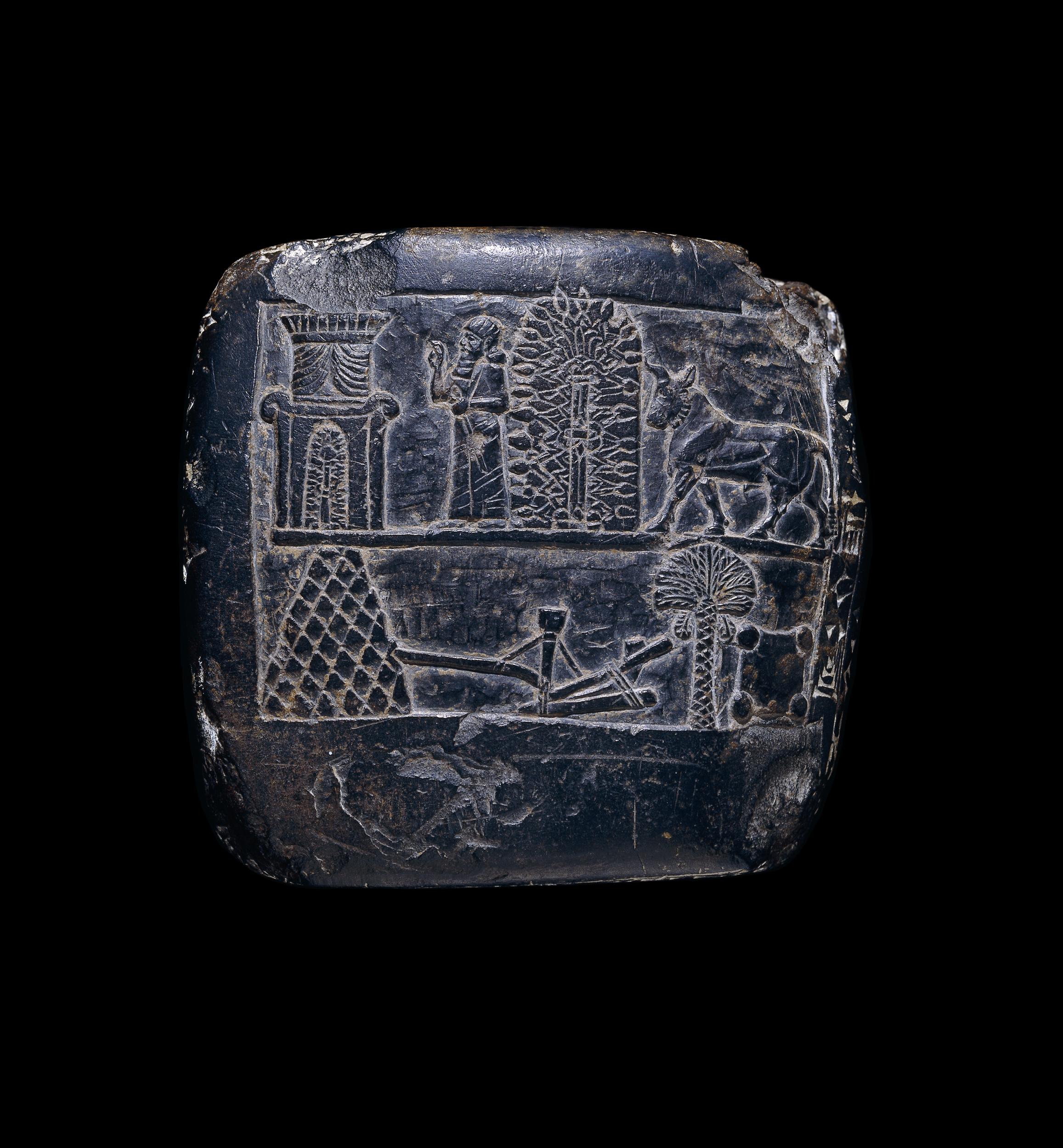
The monument’s was designed to convey the might of the Assyrian Empire and the divine right of its king. The use of stone as a medium was a deliberate choice. It symbolized permanence and strength, key virtues of the Assyrian rulers.
Highlights of the artifact include the precision of the carvings and the use of iconography. These elements are characteristic of Assyrian art. The stone monument also features symbols of power, such as the winged sun disk, which represented the god Ashur.
The monument’s preservation allows for ongoing study and appreciation of Assyrian art. It serves as a bridge between the ancient world and modern times. It allows us to understand the cultural and political dynamics of the Assyrian Empire.
Theories and Interpretations
Several theories surround the Assyrian Stone Monument of Esarhaddon. Scholars have debated its original purpose and the messages it was intended to convey. Some believe it was a political statement, asserting Esarhaddon’s legitimacy as ruler. Others see it as a religious artifact, meant to appease the gods and secure their blessings.
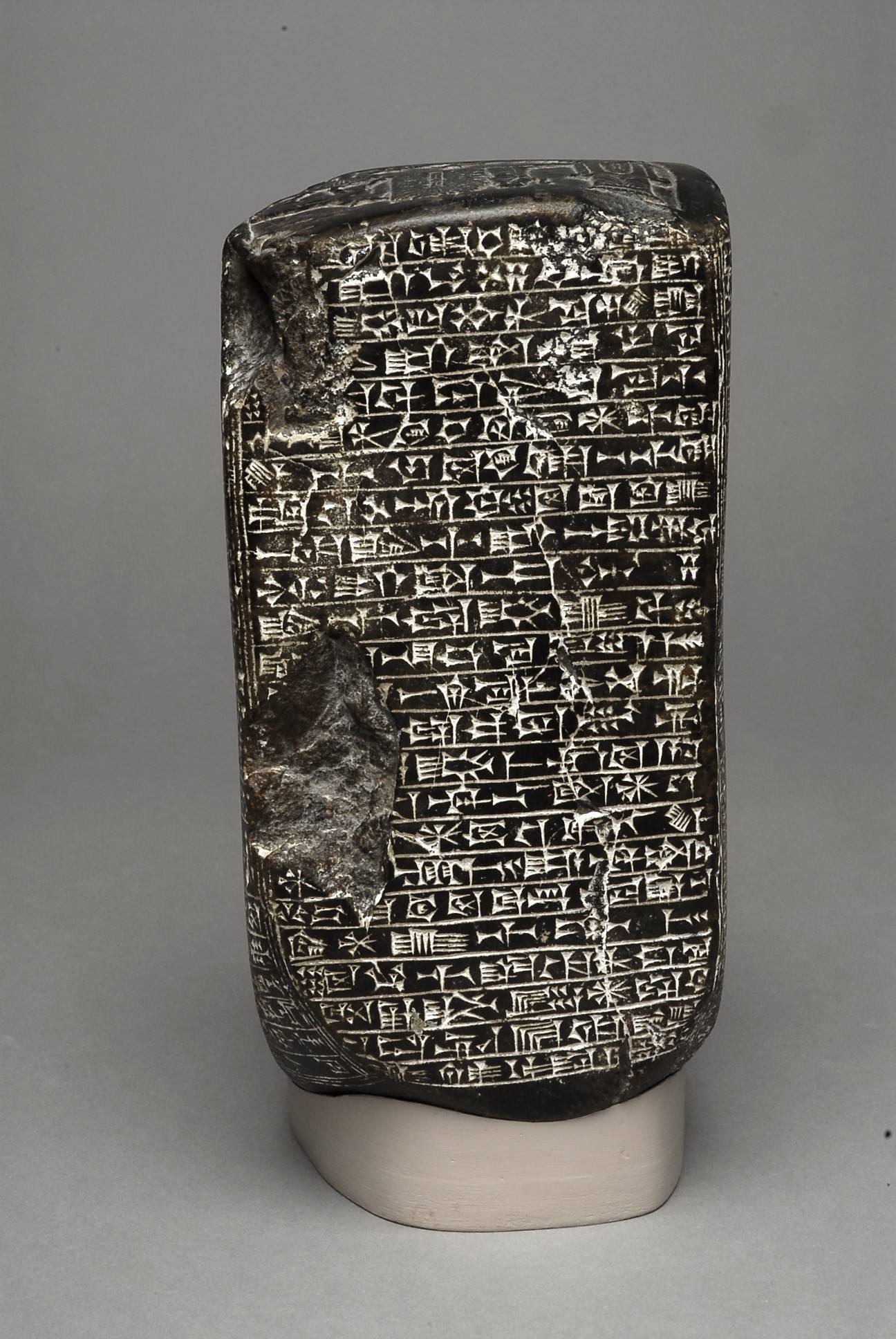
The monument’s inscriptions have been closely studied to understand Esarhaddon’s reign. They provide a narrative that aligns with historical records from the period. However, some aspects of the inscriptions have required interpretation. This is due to gaps in the historical record or ambiguities in the language.
Dating the monument has involved analyzing the style of the carvings and the language of the inscriptions. Carbon dating is not applicable to stone, so these stylistic analyses are crucial. They help place the monument within a specific historical context.
Mysteries still surround the monument, particularly regarding its original location and the extent of its influence. Some historians speculate that it may have been part of a larger complex of monuments. These would have served to glorify the Assyrian Empire and its rulers.
The monument continues to be a subject of research and debate. It offers a window into the past and the complex society that created it. As such, it remains an invaluable artifact for understanding ancient Assyria.
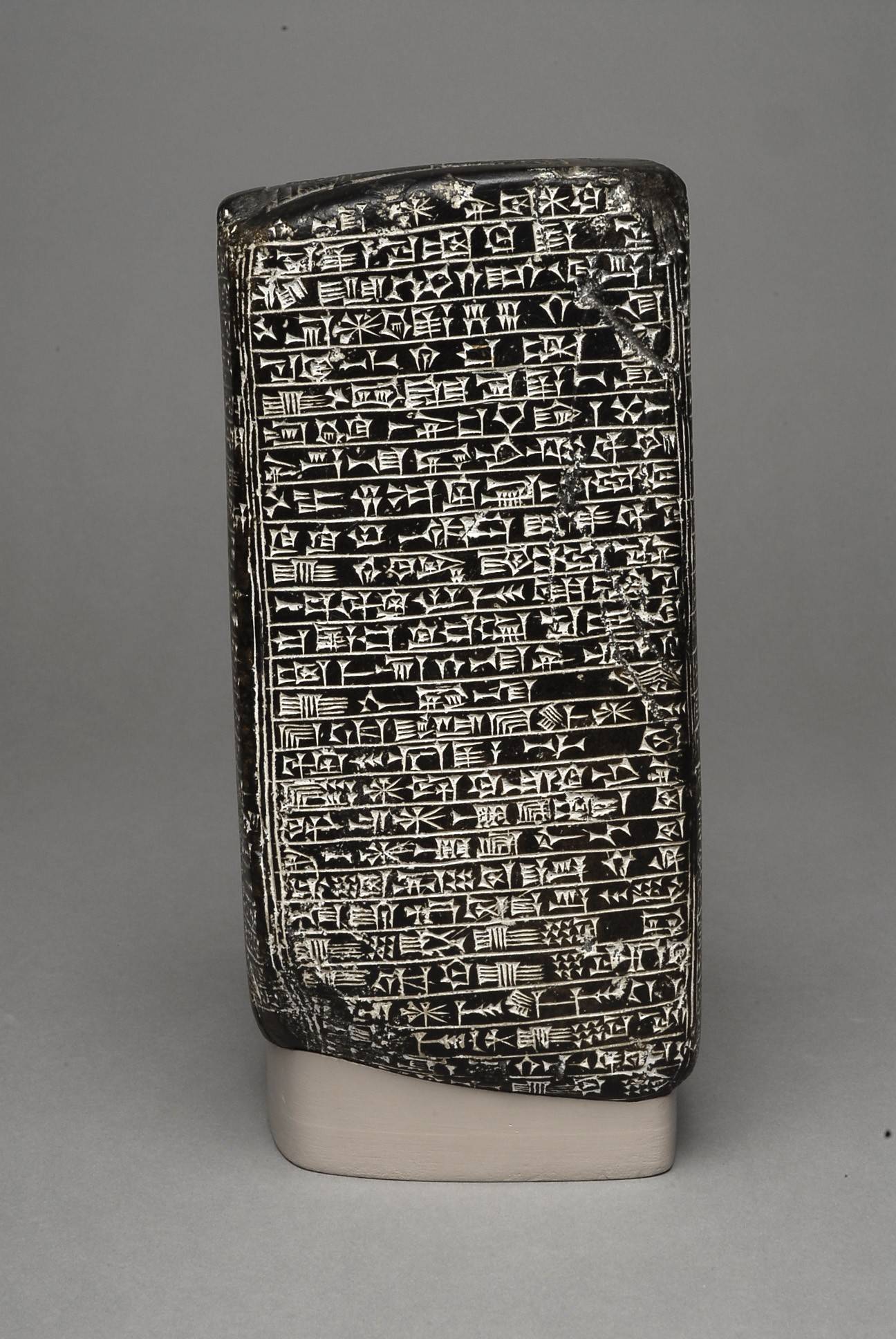
At a glance
- Country: Iraq (ancient Mesopotamia)
- Civilization: Neo-Assyrian Empire
- Age: Approximately 2,700 years old (circa 681-669 BC)
Conclusion and Sources
- Wikipedia – https://en.wikipedia.org/wiki/Esarhaddon
- Britannica – https://www.britannica.com/biography/Esarhaddon
- Official Museum Website – The British Museum – https://www.britishmuseum.org/collection/object/W_1860-1201-1

